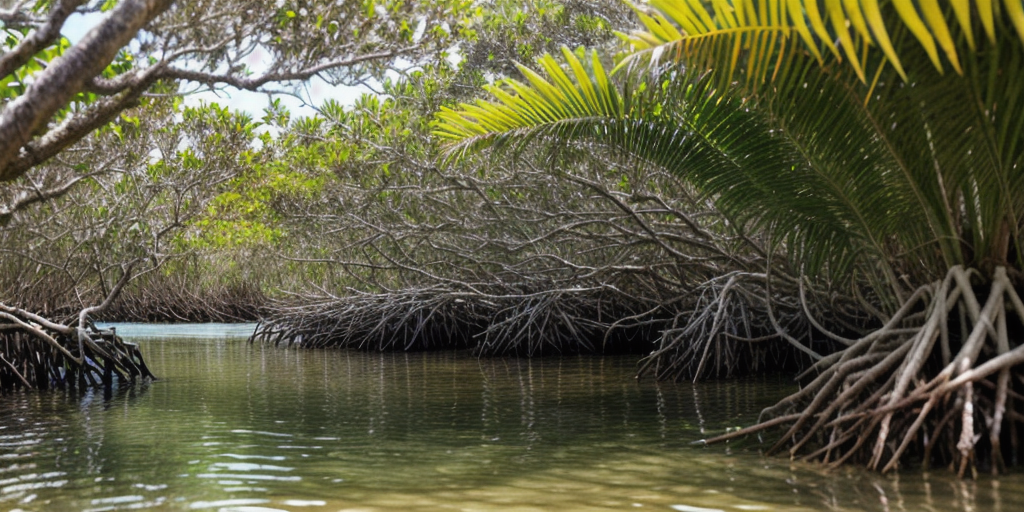
THE ENVIRONMENT: Is It Time for Brevard County to Reevaluate Mangrove Policy?
How did your country report this? Share your view in the comments.
Diverging Reports Breakdown
THE ENVIRONMENT: Is It Time for Brevard County to Reevaluate Mangrove Policy?
The Indian River Lagoon is a critical ecosystem in Brevard County. The 150-mile estuary comprises 40% of Florida’s coastline. Mangroves are a coastal plant that function in preventing shoreline erosion, filtering water, and providing a wildlife nursery. Water management organizations across Brevard have been actively working on improving the quality of stormwater since the 90s. The tropical climate of Florida raises concerns about pollution levels in stormwater runoff, as it directly impacts the health of the IRL. In 2016, Brevard residents voted in favor of a half-cent tax increase, which is used to support conservation and rehabilitation efforts.
THE ENVIRONMENT: Is It Time for Brevard County to Reevaluate Mangrove Policy?
By Space Coast Daily // September 27, 2025
higher annual water temperatures and rise in sea level have aided in mangrove habitat expansion
The Indian River Lagoon is a critical ecosystem in Brevard County. As such, conservation efforts have become a central focus of the community. The health of the IRL has a direct impact on the everyday lives of residents in this area.
New and ongoing research has raised the question: What is the best way to protect the Lagoon?
As the most biologically diverse estuary in North America, the IRL is considered an Estuary of National significance, according to the Florida Department of Environmental Protection.
The 150-mile estuary comprises 40% of Florida’s coastline, with three Atlantic inlets in Brevard, allowing salt and freshwater to mix, creating a brackish environment that is conducive to the habitation of more than 4,300 different species.
The tropical climate of Florida raises concerns about pollution levels in stormwater runoff, as it directly impacts the health of the IRL.
Over time, the levels of nitrogen and phosphorus pollution that run off into the lagoon have become excessive. As a result, nutrient pollution gives way to excessive levels of algae blooms that become toxic to the health and safety of the lagoon for resident interaction.
In 2016, Brevard County residents voted in favor of a half-cent tax increase, which is used to support conservation and rehabilitation efforts, affectionately called Save Our Indian River Lagoon. Water management organizations across Brevard have been actively working on improving the quality of stormwater since the 90’s.
Mangroves are a coastal plant that function in preventing shoreline erosion, filtering water, and providing a wildlife nursery.
The FLDEP enacted the Mangrove Trimming and Preservation Act in 1996 as part of lagoon preservation to restrict the removal of this vital shoreline vegetation. Current restrictions prevent property owners from trimming or defoliating mangroves, except where exemptions apply.
Some mangrove maintenance also requires permitting. Overall, higher annual water temperatures and a rise in sea level have also aided in mangrove habitat expansion (Boisson, 2024).
Another effort to remove the nutrient pollution in the lagoon water is filtration by mollusks.
According to the SOIRL Program, oyster bars and clams can filter up to 30 gallons of lagoon water per day.
The program has begun introducing new populations of clam and oyster bars. When accompanied by efforts to rectify stormwater pollution and provide growth-conducive conditions, over time, mollusk populations have reproduced and multiplied, thereby increasing their filtration capability (SOIRL 2025).
